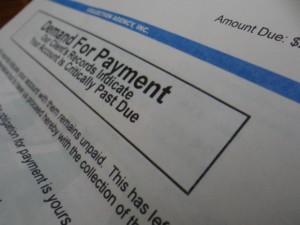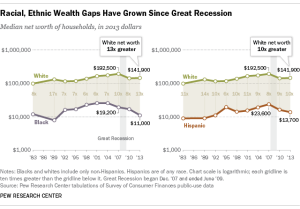The housing affordability problem, which sometimes seems intractable in the current political climate, is generating some novel ideas around the country – would-be solutions and would-be explanations, among them:
- A school district in the San Francisco Bay area is contemplating building housing for teachers who otherwise can’t afford to live there. Imagine that: A school board going into the development business just so it can hold on to the faculty.
- NIMBYism apparently pervades wealthier suburbs outlying Chicago, which have less than their share of tax-credit supported low-income housing, according to a regional analysis. Advocates of “affordable housing” admit that the term itself can draw discriminatory, responses and that they might have more success if they called it something else. But alas, resistance to inclusiveness is more than a public relations problem.
- Further signs of desperation in California: One county is considering a tax on Airbnb to help fund affordable housing development. Another is contemplating rent control. And a renters’ federation is complaining that the Sierra Club (the Sierra Club!) is standing in the way of needed housing density.
- Denver’s housing crisis has been exacerbated by marijuana legalization, or so some surmise. That seems like a stretch, but the argument goes like this: (a) Legalization has pulled in a surfeit of millennials, driving up rents. (b) Growers are snapping up old industrial areas and driving out the artists who inhabit them. Mercifully, artists seem to have other options in Colorado.





